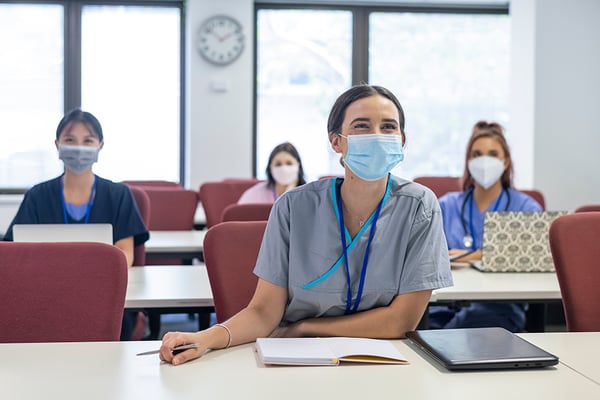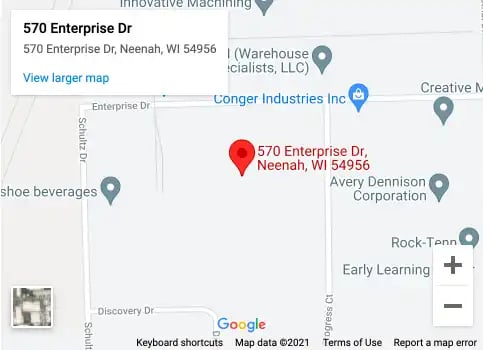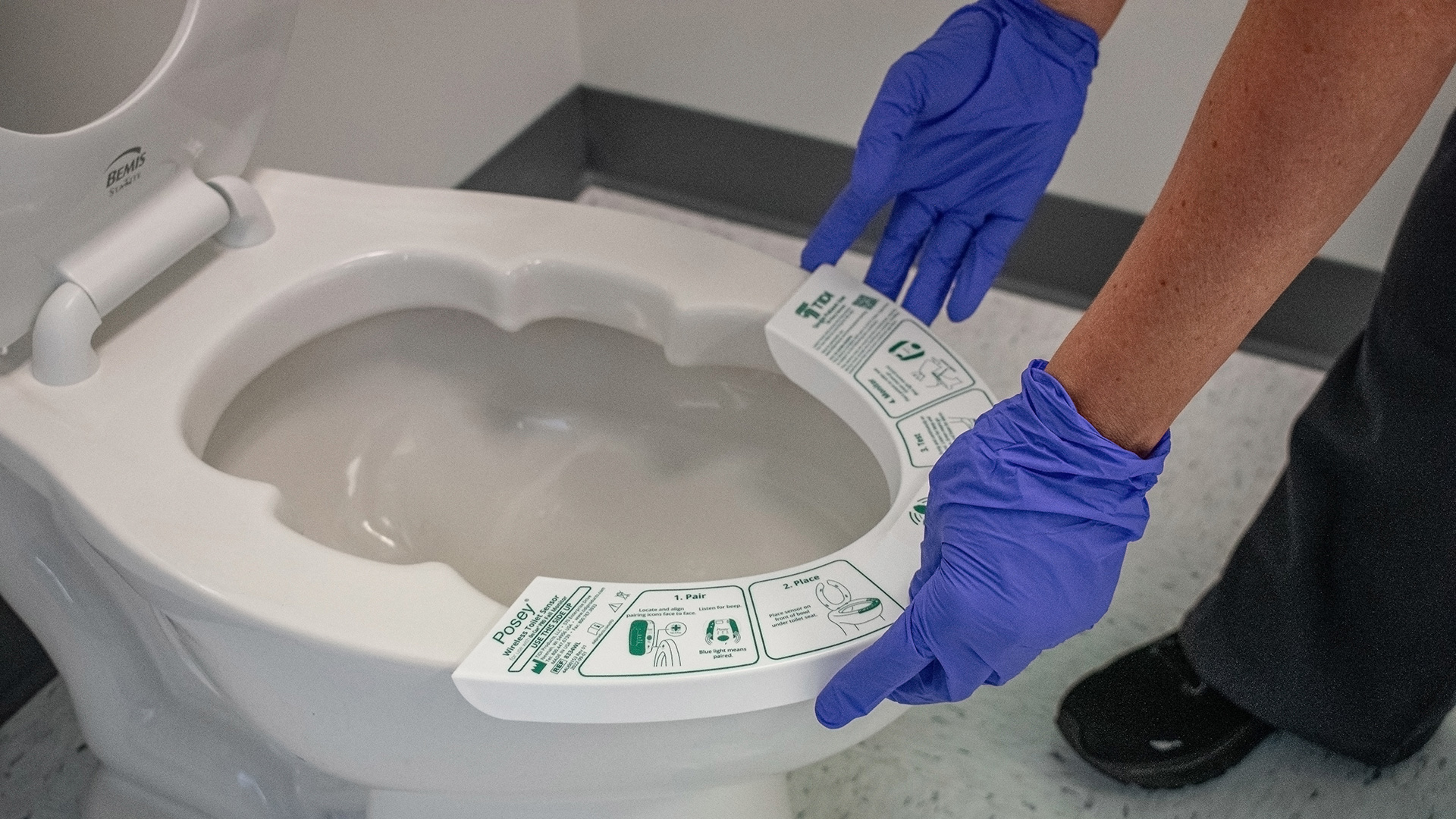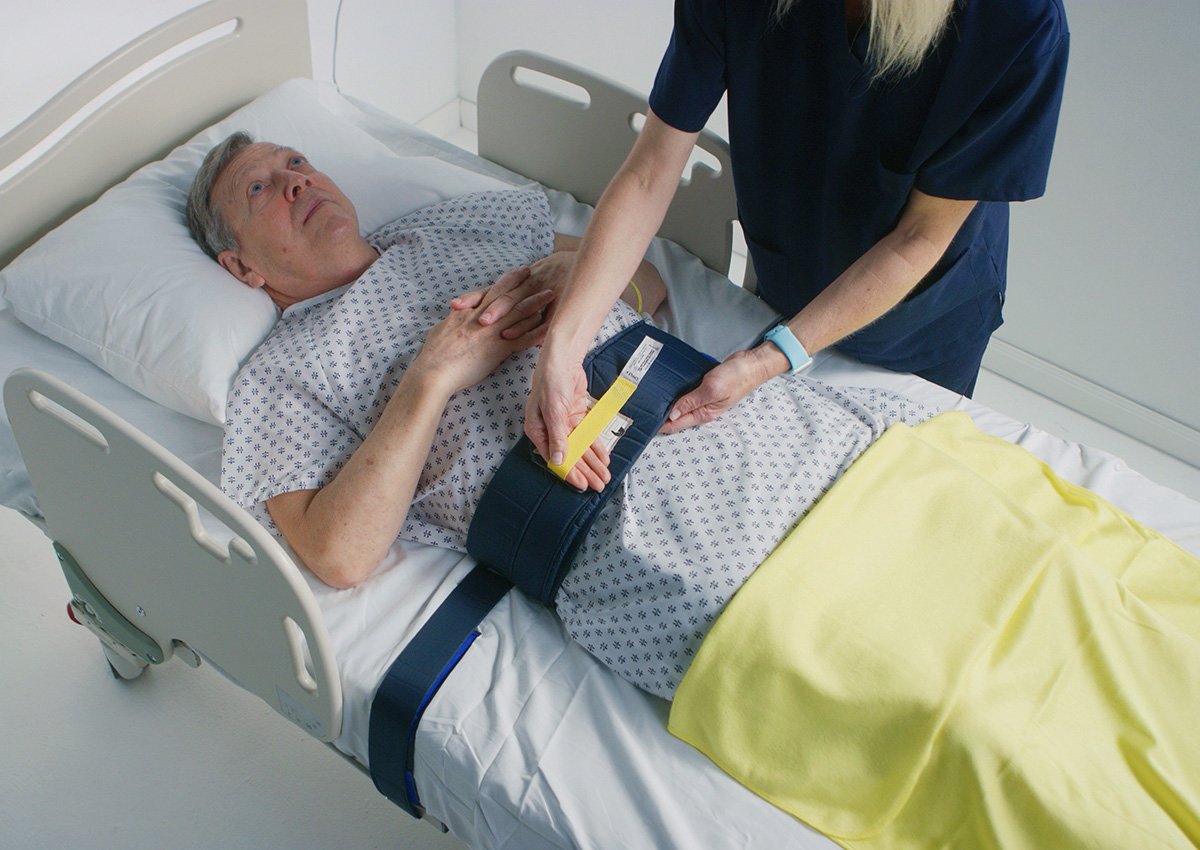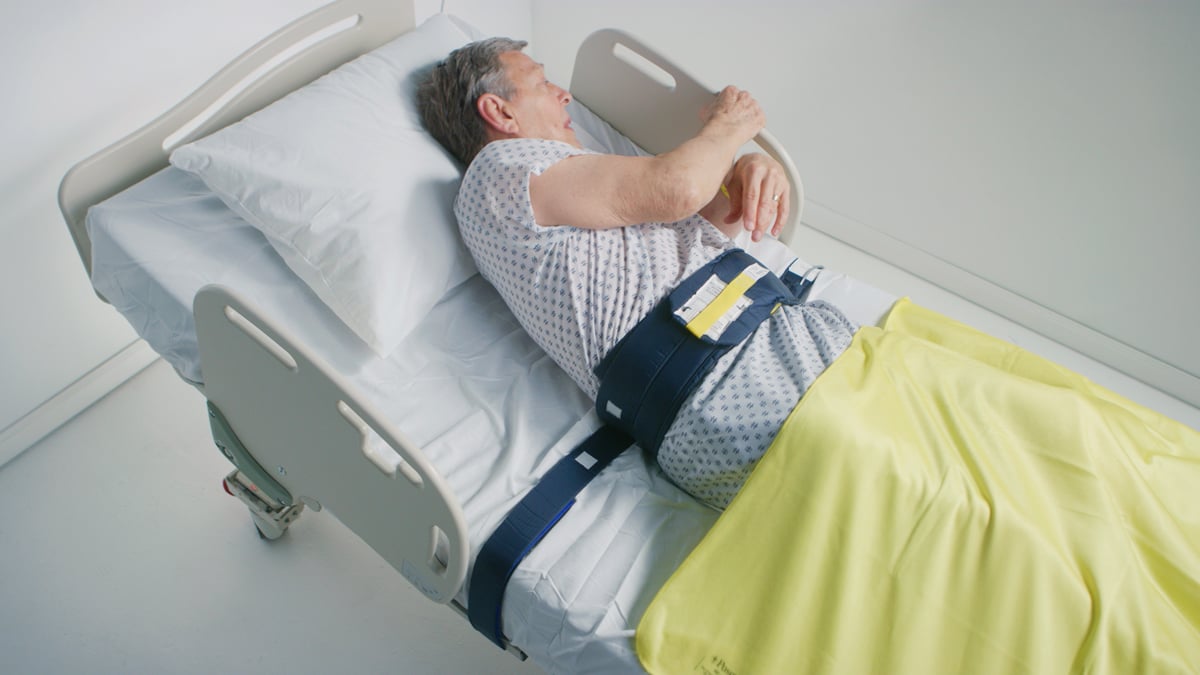Once a hospital or long-term care facility evaluates and selects a specific falls prevention technology (refer to Part 1), the technology must be integrated within the organization’s overall fall prevention program. Below is a list of steps intended to help guide this process.
Building Consensus and Strategizing
Step 1: Obtain buy-in. Before starting a fall prevention program that includes technology, gain buy-in from top leadership by presenting fall data for the organization, national data on the costs of falls, and how a prevention program can offset costs. For example, the Centers for Medicare & Medicaid Services does not reimburse for costs associated with falls that occur in hospitals. Involvement of top leadership facilitates buy-in at all levels, including unit leaders and staff.
Step 2: Form a team. Key members for a fall prevention team include nurse managers, staff nurses, advanced practice nurses (e.g., clinical nurse specialists, nurse practitioners), occupational and physical therapists, pharmacists, quality experts, and representatives from senior management.
Other potential members include an environmental services representative, a physician, and a bioengineer, who can address safety and ongoing maintenance of technology. The informatics department can help integrate documentation of fall prevention interventions, such as use of technology, into the electronic health record. Innovative organizations have also added former patients and family members to the team for their perspectives.
The team should understand the purpose of the program and promote just culture principles, such as not blaming others if a fall occurs. Most important, the team must have the authority to make decisions.
Step 3. Establish goals and a timeline. To establish goals, the team should perform a self-assessment by analyzing fall data and conducting a SWOT analysis, which looks at strengths, weaknesses, opportunities, and threats. Prior to purchase, the team should assess the value of technology and users should test the new product. Having a timeline will help keep the team focused.
Step 4. Create a plan. Many plans include bundles of interventions. Some of these interventions can be universal, meaning applicable to all patients, such as interventions addressing prevention of accidental falls related to environmental risks like poor lighting, cluttered rooms, and multiple cords (shown below, left). However, bundles must be adapted to accommodate patients’ individual needs.
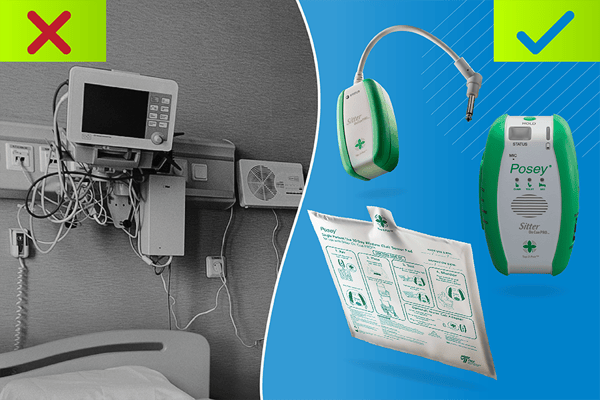
Bundles typically include several strategies that may be part of a larger plan. One organization, for instance, uses yellow fall bundle interventions (e.g., wristband, door magnet), family notification and involvement in care (if they are able), bed alarms and chair alarms application, and scheduled environmental checks that can activate physician notification.2
Shown above, right, the Posey Sitter On Cue PRO™ Platform from TIDI Products is a newly available, clutter-reducing technology that uses an alarm, a wireless chair sensor pad, and a wireless nurse call adapter. This innovative falls prevention technology solution features Tap-2-Pair™ technology, which establishes a wireless connection with a simple tap. Visual and audio indicators confirm device pairing.
Education and Monitoring
Professional development staff have multiple demands, such as staffing shortages, that make providing education challenging. Therefore, the level of educational support the manufacturer will supply is crucial. In addition to in-person instruction, it is helpful to ask about supplemental resources such as videos and webinars. Often these resources can be embedded into an organization’s existing education platform for ease of use.